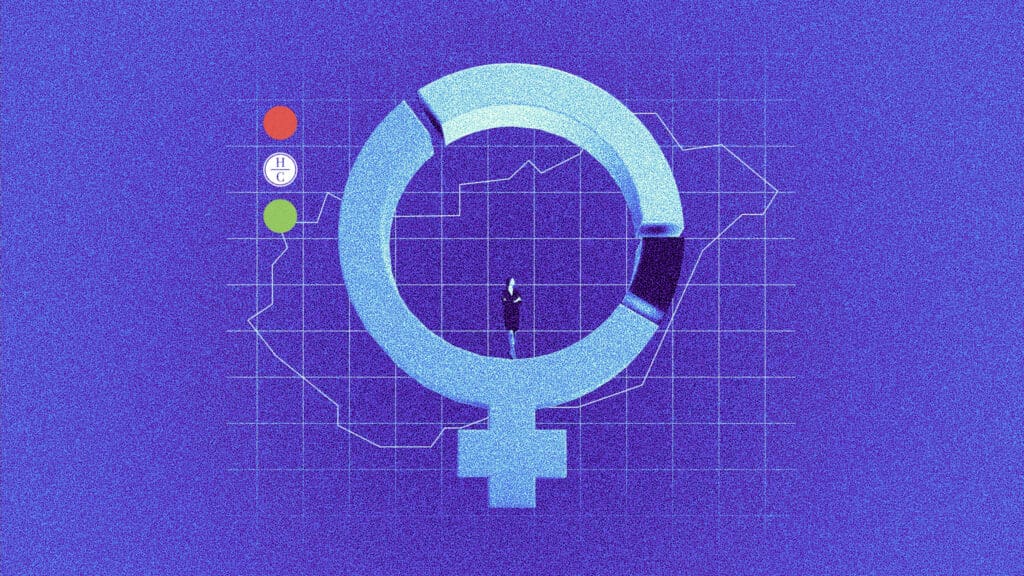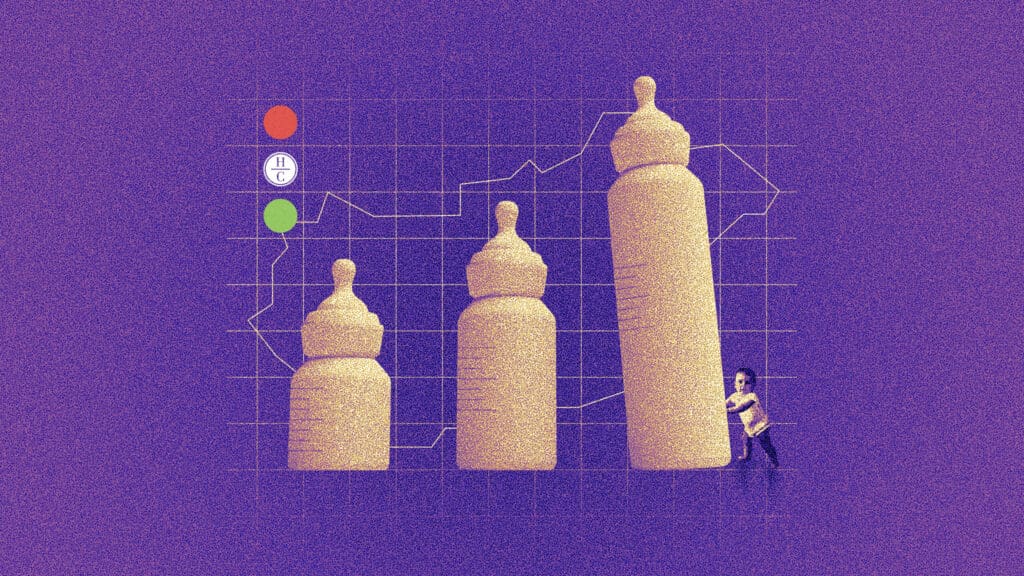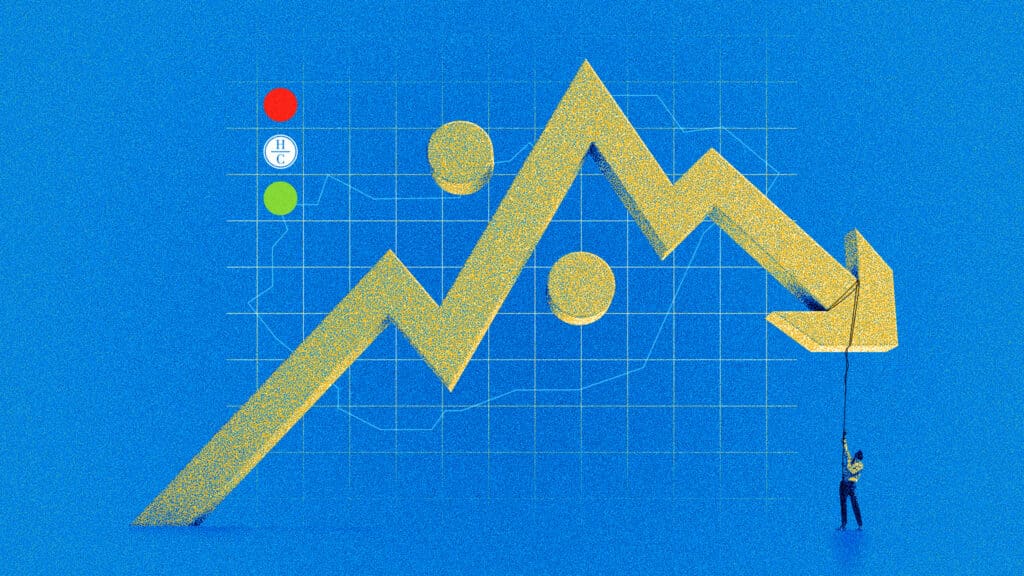
‘On average, women hold one third of managerial positions in the EU. In Hungary, the figure has been 39–40 per cent since 2010, and although it dropped a little during the COVID-19 pandemic, we are still among the top member states. ILO, the UN’s labour organization, also has a rate for senior and middle management positions in its databases, which is also above 35 per cent in Hungary.’

Since 2017, the increase in the number of people employed in the high-tech sector has been larger than the increase in the number of people employed, and their share has also grown. This is the period when we were propelled into the EU lead. While in 2017 we were 0.9 percentage points above the EU average, by 2021 our lead had increased to 1.6 percentage points. During this time, the number of people working in the sector increased by a third to 300,000.

We have moved from our absolute fertility low in 2011, last in the EU, to sixth in 2022, with the highest growth in 2022. According to the latest Eurostat data, we moved up five places in 2022, the first year of the Russian-Ukrainian war, even though we had fewer children that year than in 2021. This fall was much smaller than in other EU countries.

A sustained and substantial improvement in earnings started in 2013 in Hungary. In that year the country managed to repay its previous IMF loan, giving the government more freedom to reform and restructure the tax system, including reducing taxes on labour. The six-year minimum wage agreement launched in 2017 doubled the minimum wage for jobs requiring qualifications by 2022 and increased the overall minimum wage by 80 per cent.

In the first article of our new series offering in-depth analyses focusing on the Hungarian economy and society our authors look at inflation in Hungary in a historical context.

Hungarian Conservative is a quarterly magazine on contemporary political, philosophical and cultural issues from a conservative perspective.